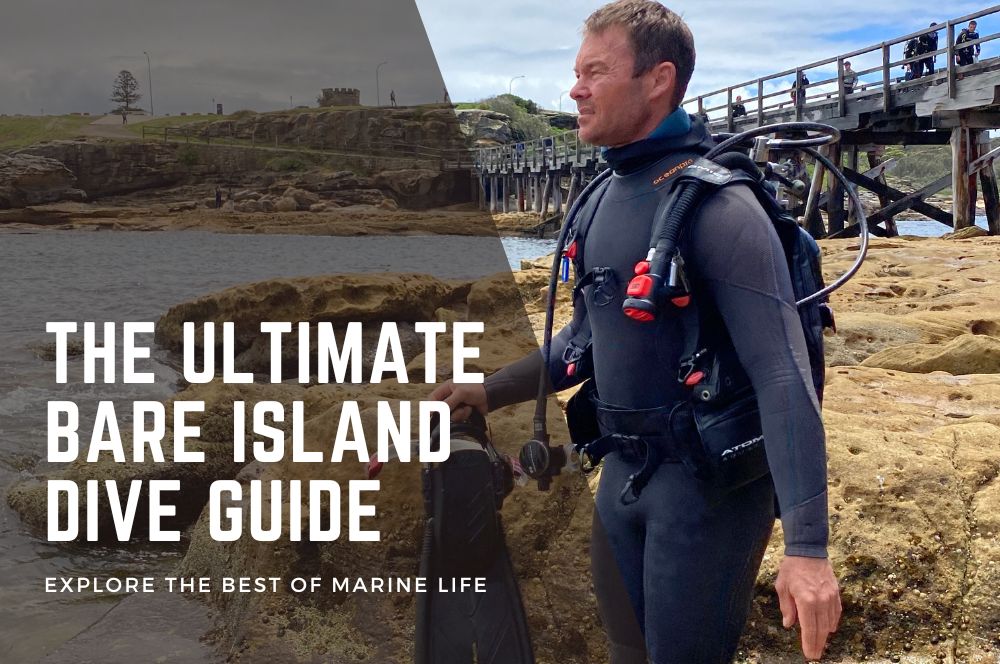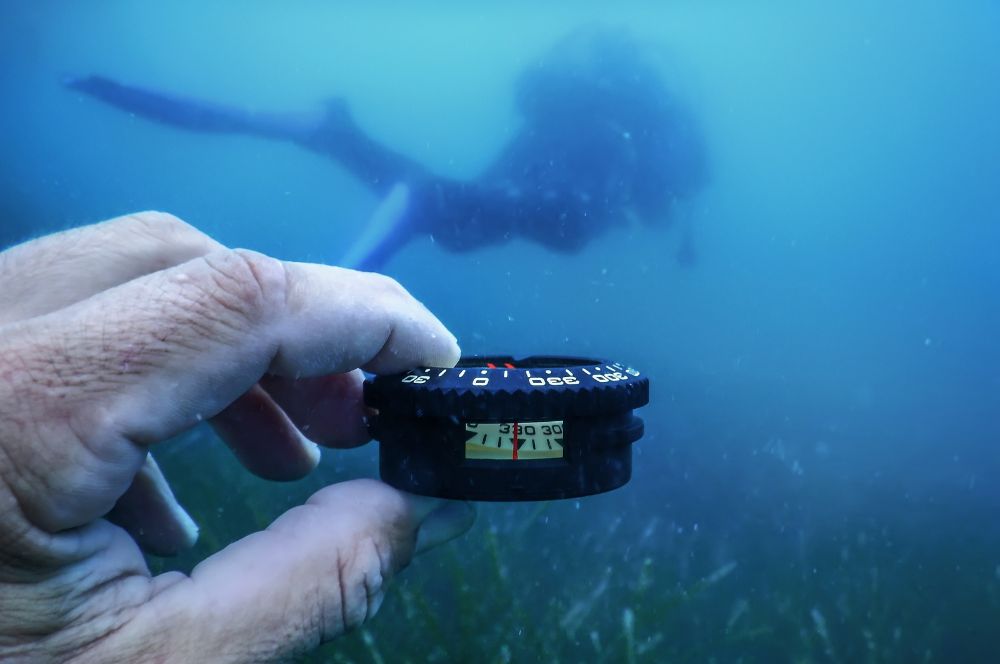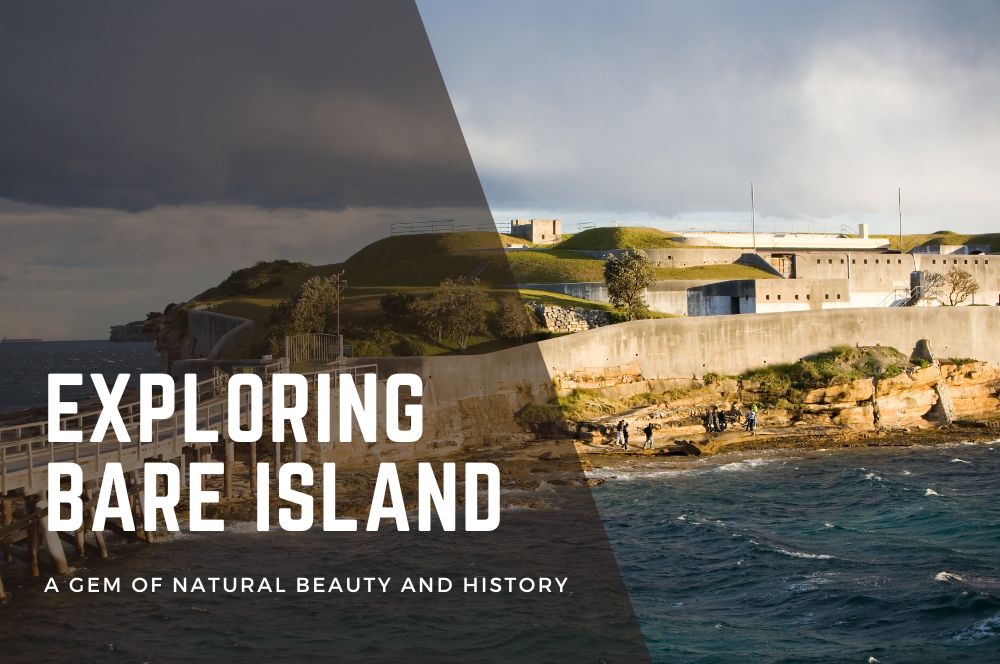You have 0 product(s) in your cart.
Abyss Scuba Diving
Uncovering The Mystery Of Bushrangers Bay Grey Nurse Shark Aggregation
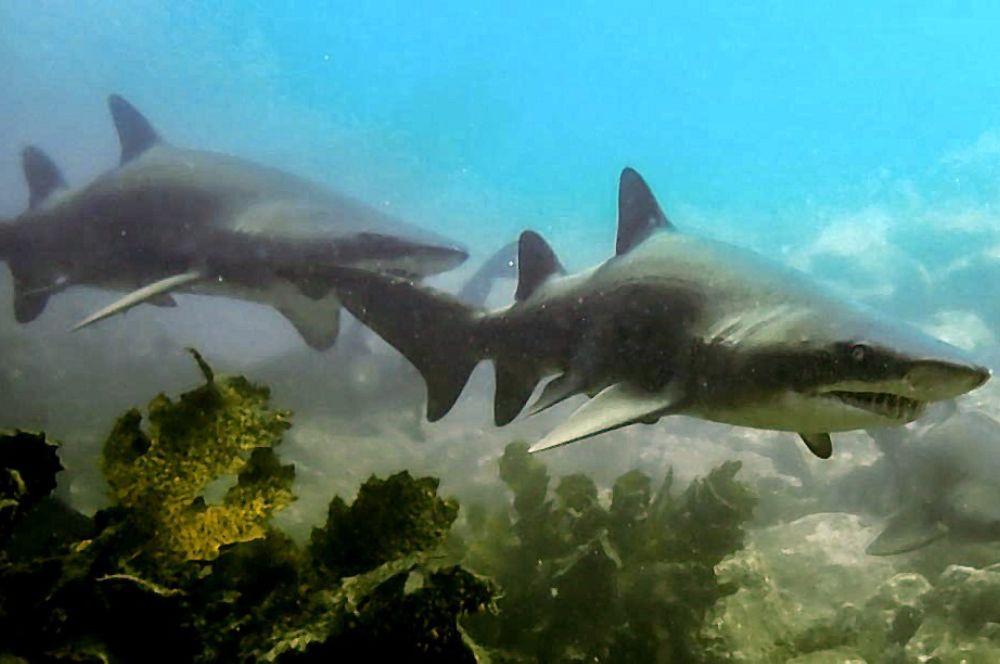
Uncovering the Mystery of Bushrangers Bay Grey Nurse Shark Aggregation
Ever wanted to get up close and personal with sharks without having to worry about them chomping your hand off? Then Bushrangers Bay is the perfect place for you. Accessing this hidden gem is straightforward via Bass Point Tourist Road, offering both scenic views and a direct route to the heart of natural beauty. Here, at this stunning location situated in Bass Point Reserve, New South Wales, Australia, is home to the Bushrangers Bay Aquatic Reserve, a protected area known for its vibrant marine life. This four-hectare aquatic reserve lies a mystery that has been captivating diving enthusiasts for decades – the Grey Nurse Shark Aggregation Point. But how did it become known as such; what makes it so special and why should we care? Let’s unravel these questions together as we dive deep beneath the surface of one of nature’s most fascinating phenomena, highlighting the broader ecological importance of the aquatic reserve.
History of the Grey Nurse Aggregation in the Bushrangers Bay Aquatic Reserve
In 2013, the Grey Nurse Aggregation at Shellharbour's Bass Point/ Bushrangers Bay was unfortunately delisted as a sanctuary due to their sudden disappearance. Shockingly though, they returned shortly after being removed from the list and yet have still not been relisted since then. Despite this disappointment, local efforts are currently underway in order to protect these rare sharks according to the guidelines of Shellharbour City Council. Moreover, with them providing essential food sources for other species within the harbour plus adding diversity to its ecosystem cycle; it is without a doubt that preserving these creatures should remain one of our top priorities!
A Closer Look at the Unique Behaviour of the Grey Nurse Sharks in this Location
The grey nurse shark aggregation point at Bass Point/Bush Ranger Bay is truly a sight to behold. As grey nurse sharks are highly migratory species and typically found widely scattered in Australia, the reasons they come together at this location remain a mystery. However, what we do know is that due to their large size, grey nurse sharks often reach sexual maturity between 8-10 years of age and tend to group together when ready to mate. This could be one explanation as to why grey nurse sharks are drawn to Bass Point/Bush Ranger Bay, making it an incredibly unique sighting of these rare animals.
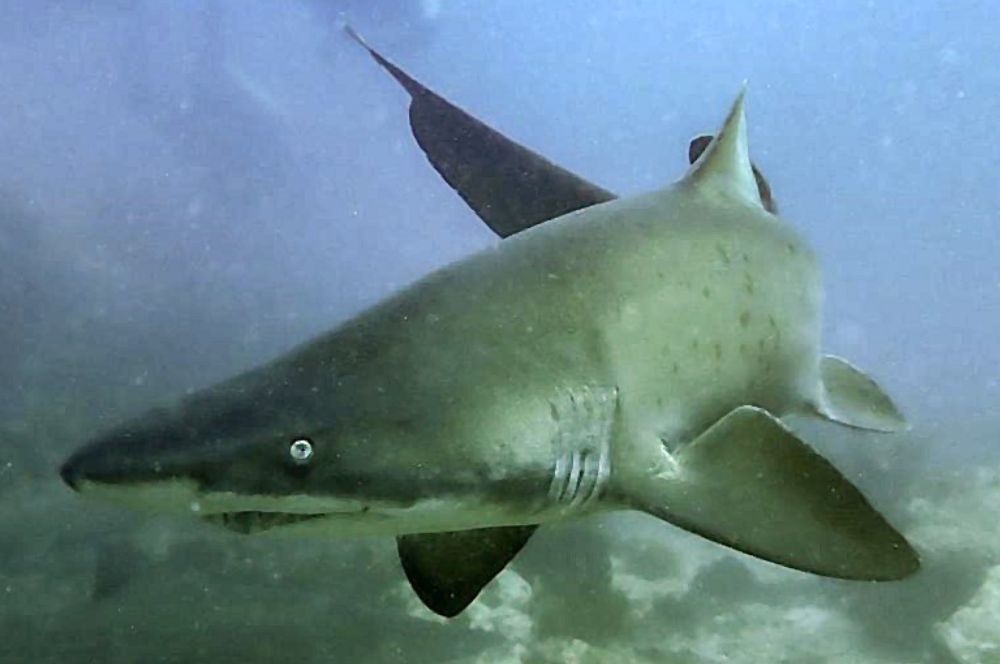
Exploring the Various Conservation Efforts in Place to Protect Marine Life and Grey Nurse Sharks
Exploring the various conservation efforts to protect the breathtaking grey nurse sharks is an uplifting experience. Recently, at the Bass Point/bush ranger bay location of New South Wales, government authorities have formed aggregation points to help these majestic creatures, focusing on the inner and outer bay as key areas within the Bushrangers Bay Aquatic Reserve where conservation efforts are concentrated. This location is known as a nursery where juvenile sharks can gather in large numbers and is one of the best-researched aggregation sites in Australia. Intertidal rock pools within the aquatic reserve are home to a diverse range of sea life, including sea urchins and tropical fish, highlighting the variety of marine life protected by conservation efforts. Furthermore, dive tours and photography sessions have been implemented at the site to teach divers about sharks and encourage citizens to be involved in projects that will ultimately lead to their preservation. Additionally, research conducted such as tagging studies are highlighting new information about migratory movements, locality preferences and behaviours of this species; aiding conservationists in making more informed decisions surrounding their protection. It’s actions like this that are making headway into helping secure our oceans for future generations so they can enjoy these beautiful animals just as we do today.
Myths and Facts Surrounding Grey Nurse Sharks - Separating Fact from Fiction
Grey Nurse Sharks (Carcharias taurus) are a critically endangered species that can be found throughout the coasts of many countries across the world. They are an apex predator – meaning they have no natural predators – and can live for up to 40 years, though most only reach half that age due to human-caused mortality.
This shark is one of the most misjudged marine creatures in history. Its intimidating shape, coupled with its razor-sharp teeth has generated a slew of tales and untruths about their behaviour. Yes, there are some facts that add to our insight into these remarkable animals; however, distinguishing between fact and fiction when studying this species is essential.
The Grey Nurse Shark is also famously known as a sand tiger shark and a spotted ragged-tooth shark due to their sharp teeth visible even when their mouth is closed, are surprisingly gentle predators that feed on small fish. Contrary to what its razor-like chompers might indicate at first glance, these creatures have a mild temperament.
The juvenile Grey nurse sharks that call Bushrangers Bay home measure between 1.5 and 2 meters in length, a fraction of the size they can reach when grown - up to 3.2 metres long with an estimated weight of 230 kilograms!
Understanding How Visitors Can Help Support the Protection of These Animals
The grey nurse shark is a vulnerable species and due to their shy nature, must be treated with respect. When visiting Bass Point/Bush Ranger Bay or any other marine reserves where these creatures live, visitors should follow all rules and regulations as outlined by the local authorities. This includes not destroying marine life or collecting empty shells, as these activities are prohibited within the Bass Point Aquatic Reserve to protect the bay’s marine ecosystem. Additionally, visitors should be mindful of not disturbing the sensitive habitats of rock pools, which are home to a diverse range of marine life including invertebrates, sea urchins, and tropical fish. Such regulations are crucial to ensure that the environment remains safe and secure for all wildlife living in the area, including the unique ecosystems found within rock pools.
Furthermore, visitors should aid in promoting the conservation of these animals by supporting local businesses that finance research and promote education about their species. This includes participating in responsible tourism initiatives such as joining eco-tours, donating to wildlife charities or even volunteering on projects dedicated to protecting grey nurse sharks.
Why all divers should do a PADI AWARE Shark Conservation course
It is essential for all divers to stay informed about their environment and the impact their actions can have on aquatic wildlife. A great way to do this is by taking part in a PADI AWARE Shark Conservation course. This type of program not only educates divers on the life and behaviour of sharks but also encourages them to be more aware of the diverse marine life that exists around them under the surface - such as the grey nurse shark found at Bass Point/ Bush Ranger Bay. The course provides invaluable knowledge and understanding of species that are protected, endangered, or extinct worldwide and equips learners with tools they can use on future dives to promote conservation and sustainability within their own diving excursion practices.
Explaining What We Still Need to Learn About This Remarkable Species
The grey nurse shark is a remarkable species and what we do know about them is truly fascinating; however, there is still much to learn. Studying the aggregation point at Bass Point and Bush Ranger Bay in particular helps us discover more about these sharks. At this location, we can study their behaviours, physiology and genetics in-depth, giving us a deeper understanding of these unique animals. In addition, knowledge gained from this special aggregation spot can be used to better protect the grey nurse population from further decline – something only achieved through continued observation and research. By discovering more about this remarkable species we are helping to ensure their conservation for future generations to enjoy.
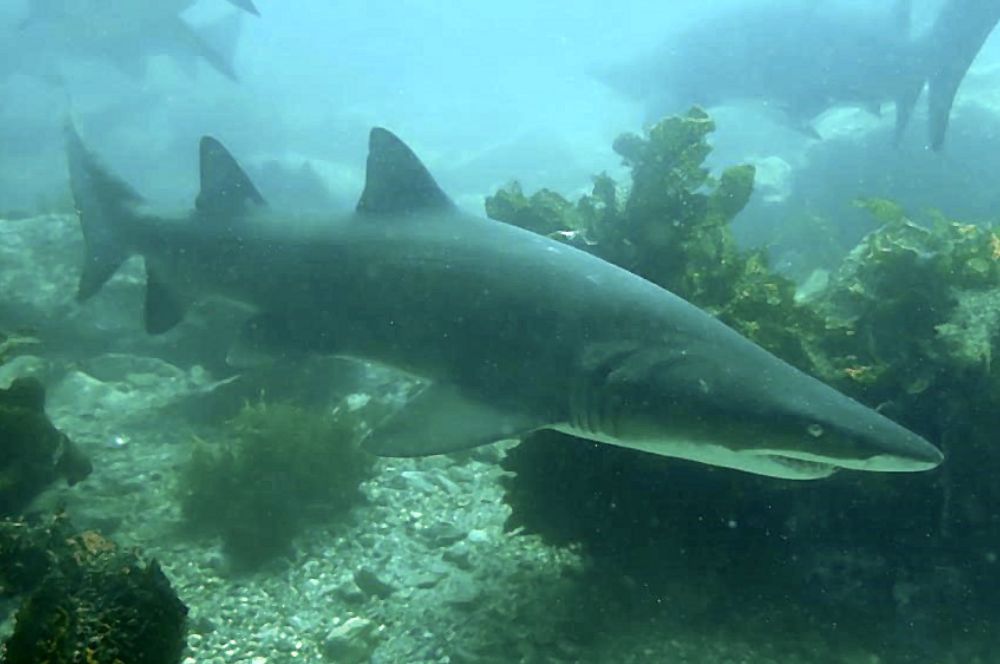
The Bass Point/ Bushrangers Bay grey nurse shark aggregation is one of the best places to witness this species of shark in its natural environment. It's an incredibly unique and rare opportunity, as it gives us an insight into their behaviour that we may not be able to do anywhere else, allowing us to understand more about these enigmatic creatures. There are multiple conservation efforts in place, such as the Marine Park Fauna Monitoring Program and the Shark Watch Narrabeen Project, in order to monitor and protect these sharks so they remain safe within this area. We can all help support these efforts by learning more about the myths and facts surrounding grey nurse sharks, understanding how we can make a difference when visiting their habitat, and most importantly doing a PADI AWARE Shark Conservation course. This will ensure that those who choose to dive out near Grey Nurse Sharks are better aware of their behaviour or interaction with them so they don't get too close or cause them any harm. While great strides have been made in understanding the Grey Nurse Shark population, there is still much more to learn from them - something no book or research paper could ever teach us. Book an AWARE shark conservation course today, so you can join us as we continue uncovering our knowledge and appreciate the beautiful grey nurse at Bass Point/ Bushrangers Bay!
RELATED POSTS
-
Why do We Need Save Sharks Species…
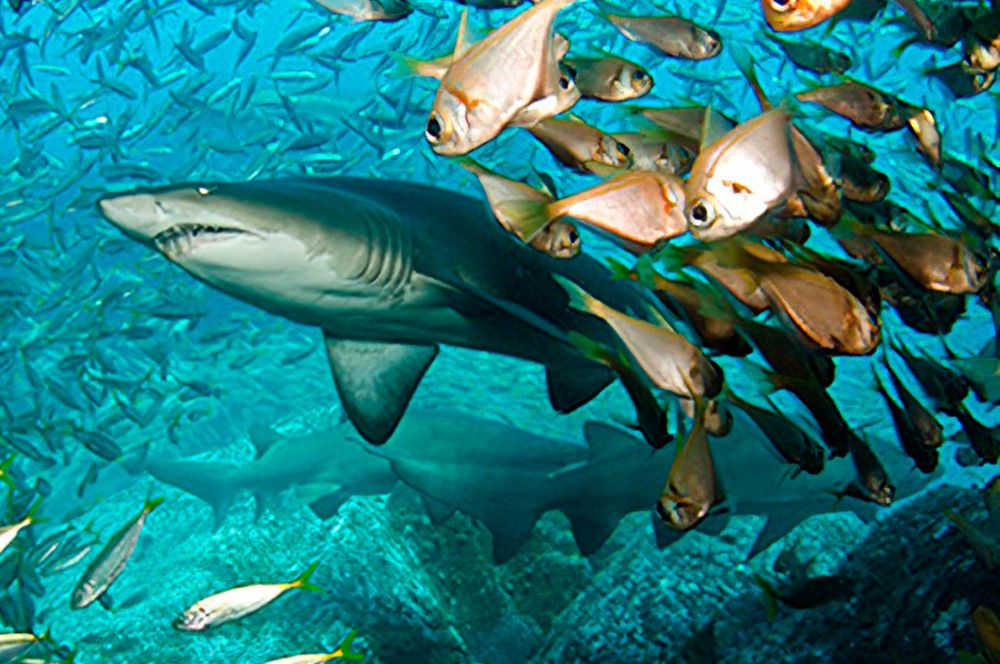
Why do We Need Save…
Why do We Need Save Sharks Species for Our Marine Ecosystem? Scuba divers have an intimate understanding […] -
Funny Shark Facts You Never Knew
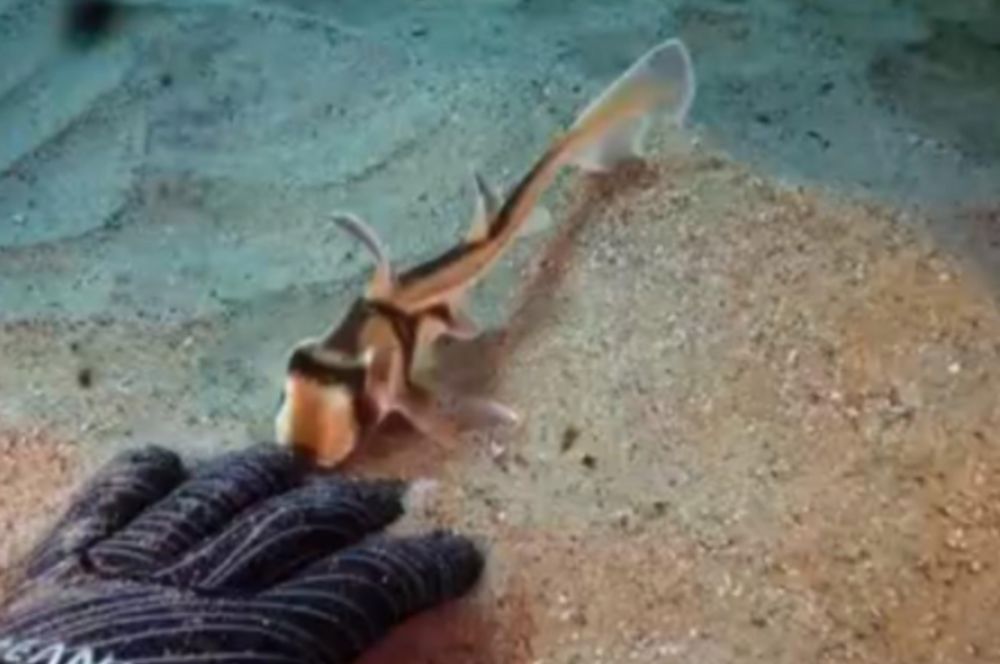
Funny Shark Facts You…
Jawsome Laughs: Funny Shark Facts You Never Knew! Sure, sharks are often portrayed as terrifying creatures […] -
Facts About the Grey Nurse Sharks
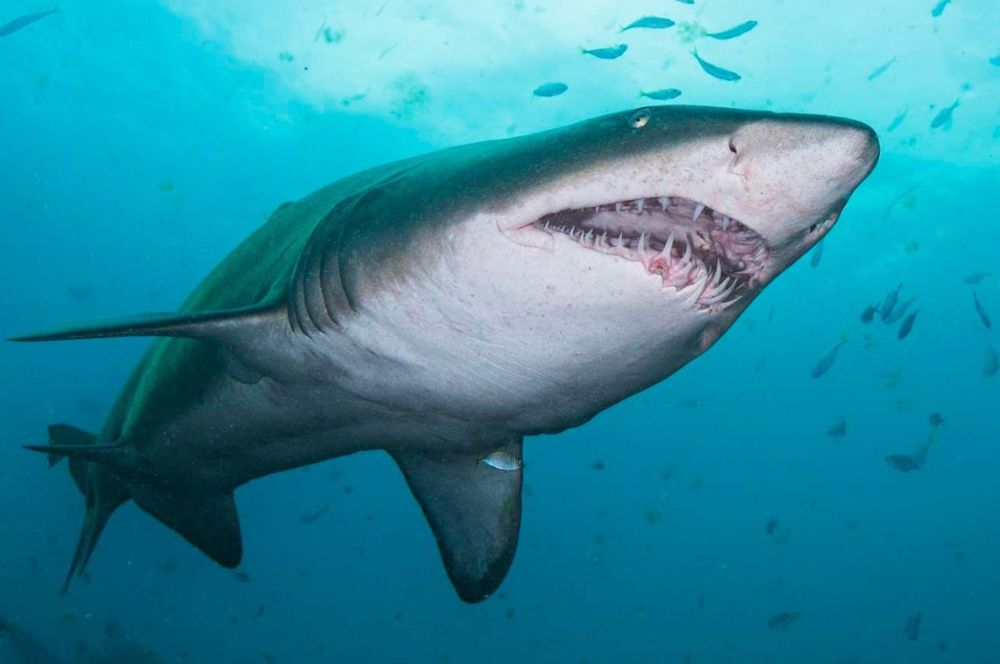
Facts About the Grey…
Facts About the Grey Nurse Sharks The grey nurse shark, with its distinctive rows of pointed teeth, is a […] -
Shark Diving at Sea Life Sydney Aquarium…
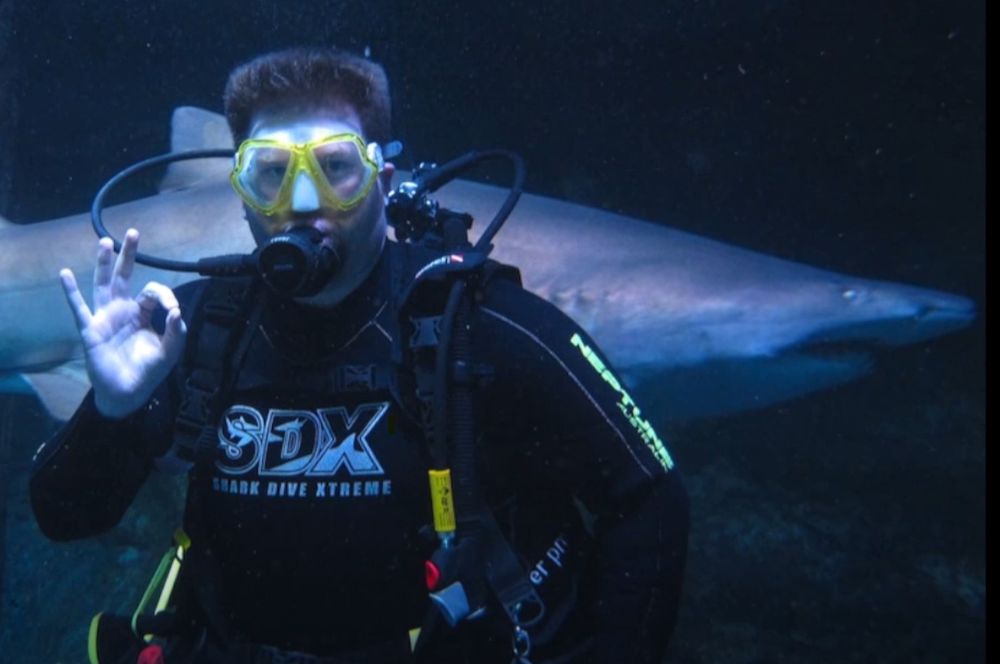
Shark Diving at Sea…
Take the Plunge! Experience the Thrill of Shark Diving at Sydney Aquarium with Shark Dive Xtreme! Are you […]
Recent Posts


